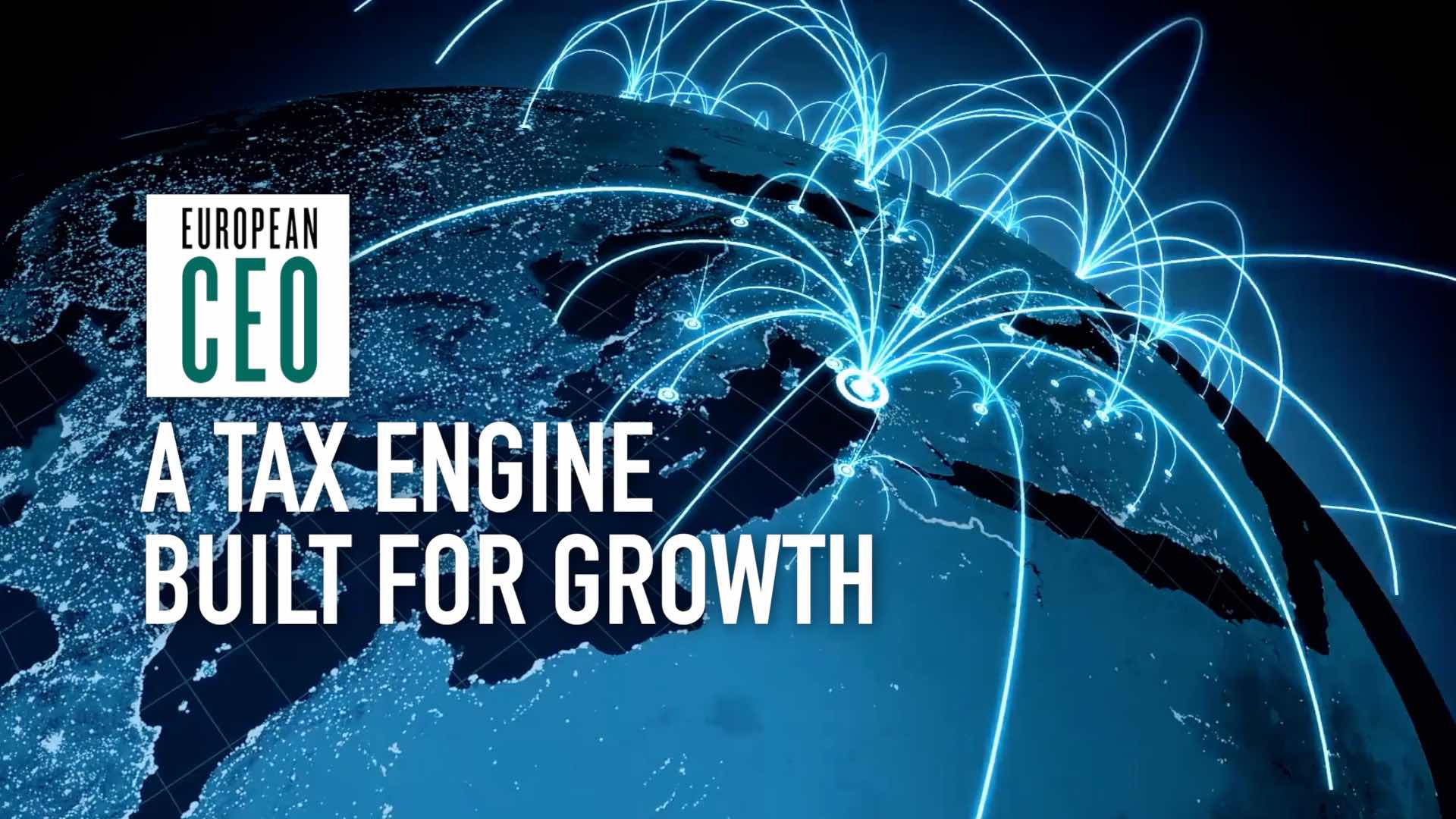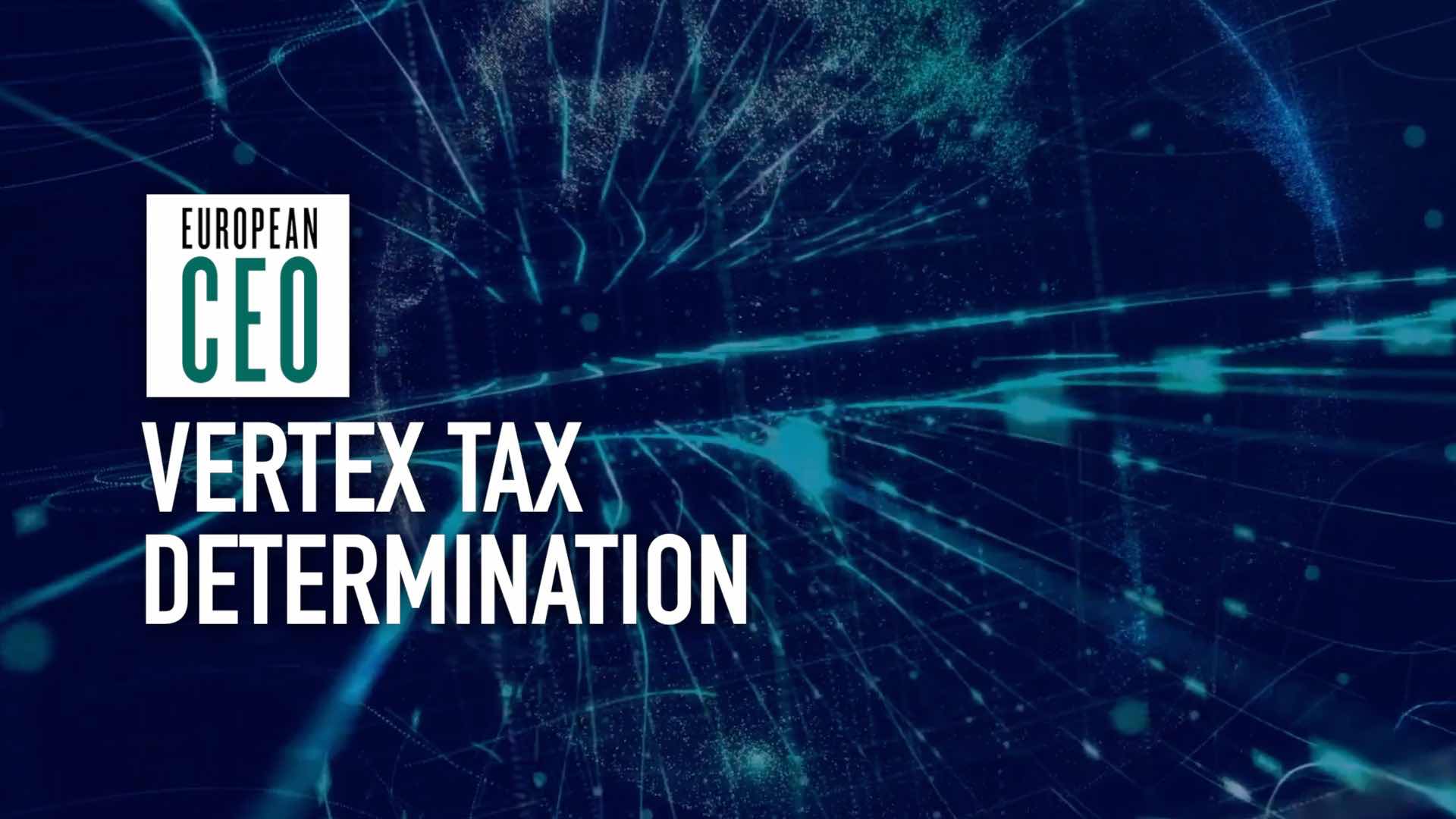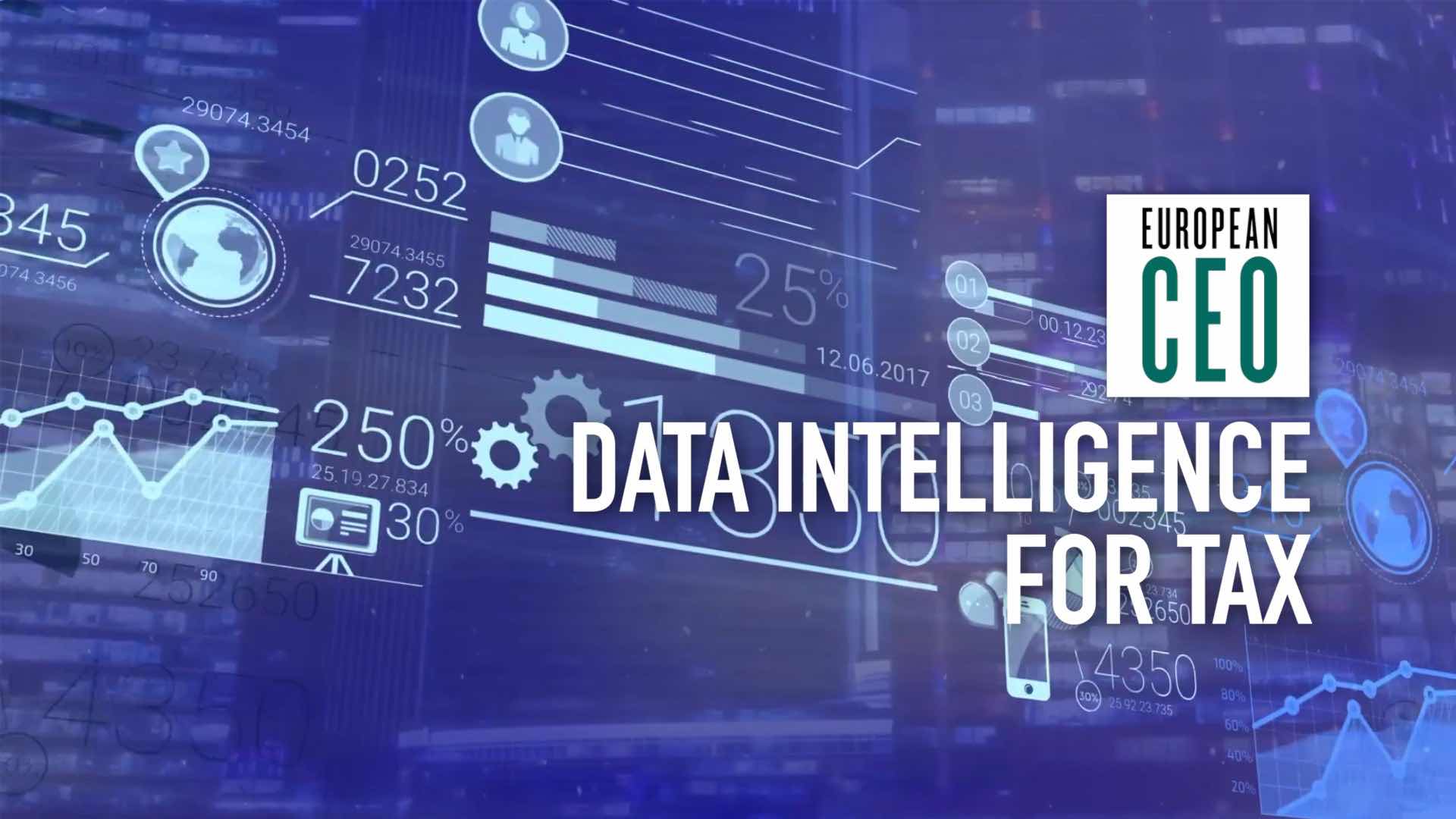SafetyNet: The AI and darkweb solution to international KYC challenge
DSS CEO E. Jay Saunders explains his tech solution to financial inclusion and KYC de-risking
Transcript
Know Your Customer and Anti Money Laundering regulations are obviously important, but they have an unintended consequence for financial inclusion: leaving developing nations underbanked. E. Jay Saunders is chairman and CEO of DSS, which has created a solution: SafetyNet. SafetyNet uses artificial intelligence to perform due diligence checks across tens of thousands of online data sources, pulling together real-time KYC profiles from the digital droppings we’re all leaving online. He explains how the technology works, and how it can help financial institutions in Europe and in developing economies. Watch the second half of this conversation, where E. Jay Saunders explains his hopes for DSS to establish Turks and Caicos’ reputation as a place for innovative technology companies to grow.
European CEO: E. Jay, before we get to SafetyNet; why is it needed? Why are modern KYC standards leaving people behind?
E. Jay Saunders: Well, it’s because the Financial Action Taskforce, which sets the rules, has basically said to the banks and the financial institutions: we want you to know who you’re doing business with. And you have to have a lot of information so you can be certain.
Well, the unbanked – about 1.7 billion persons around the world – they don’t have that type of information. They don’t have the documents, sources, to be able to walk into a financial institution and say, ‘Here, I am who I say I am.’
And so because those two things are out of sync, those persons are now being left out. Because as the world moves to electronic banking, they can’t get the financial tools to be able to join in that.
European CEO: So are there alternative forms of information that banks can use to assess customers instead?
E. Jay Saunders: Yes, so: one of the things that almost every person in the world is using, is a smartphone. And what they are doing is, they’re living their life online. Like, Facebook has over two billion persons using it today; and using it on a monthly basis. They’re leaving what you call digital droppings online. And so they have something that we call social credit, social scoring. And you can use that information to identify someone.
And the other things that you can use are notary publics. Those persons, like the chief in a village. Where you would know who that person is, and that person can verify other persons for you. So those two things look very, very promising.
European CEO: How does SafetyNet work? How does it search for and pull together a KYC profile?
E. Jay Saunders: SafetyNet starts off by looking at sanctions lists and persons in public life lists. And there are about 1,500 sanctions lists around the world, with about five million names on those lists.
But then in addition to that, SafetyNet does an enhanced due diligence search, which searches right across the internet. And it searches the surface web – that’s the web as we know it; the deep web – those are databases, for instance phone books or company records that you can’t pick up through a Google search; and then the dark web – where you need to have specialised software.
So it searches across the whole internet, in multiple languages, looking for information on the subject of interest. And then it utilises artificial intelligence – what they call natural language processing. So actually it can read through a text and understand it. And so it can read through a newspaper, it can read through a court case, it can read through databases and spreadsheets; and make sense of it, and summarise it, make its own summary notes on a particular subject.
So if it sees that you’re part of a court record – but you’re the judge! – it understands that you are not higher risk, compared to if you were being the defendant in a case for bankruptcy. So it highlights the information that it thinks the end user wants to know.
And then the end user can add his or her own notes. And all of that comes together in a profile report.
European CEO: So how can this help financial institutions in Europe?
E. Jay Saunders: Well, SafetyNet searches all over the world. So if you have a client coming in here from Russia, coming in here from Africa, from the Middle East; it can do those deep searches into those countries’ databases that are publicly available. So the financial institutions in Europe can now do background checks, deep background checks, on persons from all over the world. Not just within the EU.
The other thing about it is that SafetyNet creates the record in real time, by reading information, pulling it in and making the associations. So you don’t have to worry about the General Data Protection Regulations, because you’re not holding any personal records on anyone. It creates the record on the fly. So particularly for European companies, when they use SafetyNet, they know that there’s no risk of them breaking those laws.
European CEO: And how about for financial institutions in developing countries, that may be losing relationships with correspondence banks?
E. Jay Saunders: Where we think that it can help particularly companies in developing nations, particularly in the Caribbean and Latin America, is that companies that utilise SafetyNet can then go to their correspondence banks in the developed world and say, we’re using a best in class tool. That more often than not, is better than what they’re using.
And I think, once you start to have that dialogue, then those companies can say, You know what? We’re comfortable that company X is doing the best that they can. Their KYC requirements are equal to ours. And so those banks don’t pose a risk to us anymore. And then there would be no need to have to de-risk – at least as aggressively as they are doing it right now.


 Vertex tax technology: How Siemens sought (and found) a tax calculation engine built for growth
Vertex tax technology: How Siemens sought (and found) a tax calculation engine built for growth Vertex tax technology: Global tax determination at speed and scale
Vertex tax technology: Global tax determination at speed and scale Vertex tax technology: Data intelligence for tax
Vertex tax technology: Data intelligence for tax